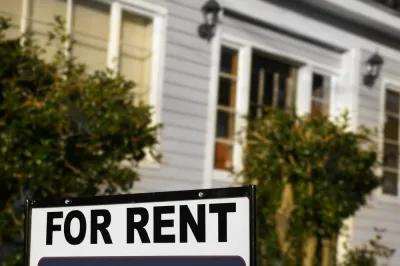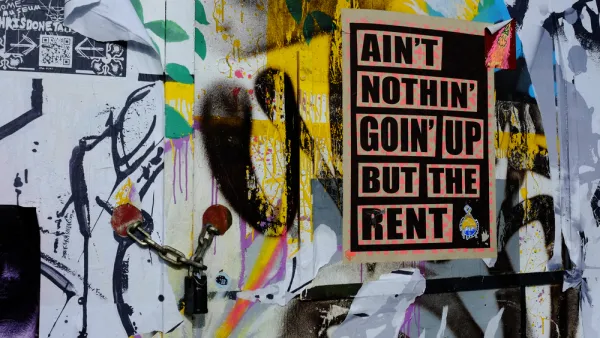Close to one-third of American neighborhoods have very few housing options for renter households, who tend to be disproportionately people of color and low-income families.

An article by Whitney Airgood-Obrycki and Sophia Wedeen for the Joint Center for Housing Studies of Harvard University highlights the lack of available rental housing in many suburban, higher-income neighborhoods, as revealed by a new analysis of data from the American Community Survey.
This matters because “Exclusionary land use quite likely contributes to the presence of these rental deserts and the resulting patterns of socioeconomic and racial segregation, since renters are disproportionately lower-income and people of color,” the authors write.
According to the authors’ definition, ‘rental deserts,’ which make up roughly 31 percent of residential neighborhoods in the United States, exist when less than 20 percent of housing units in an area are available or occupied as rentals. “With few affordable options for lower-income renters, the median household income in rental deserts is $86,000. Median incomes in high-rental neighborhoods, however, are less than half that at $42,000, while mixed-tenure neighborhoods fall in the middle at about $60,000.”
In rental deserts, less than 21 percent of household heads were people of color, compared to 67 percent in high-rental neighborhoods. “Increasing the multifamily supply and increasing rental options in neighborhoods where few exist can help expand the geographic options available to renters, and reducing zoning barriers is a step in the right direction.”
The report recommends zoning changes, but cautions that they’re not a silver bullet. “Building homes at lower price points and expanding housing subsidies in a range of neighborhoods will also be necessary to create socioeconomically integrated, mixed-tenure communities.”
FULL STORY: RENTAL DESERTS PERPETUATE SOCIOECONOMIC AND RACIAL SEGREGATION

Analysis: Cybertruck Fatality Rate Far Exceeds That of Ford Pinto
The Tesla Cybertruck was recalled seven times last year.

National Parks Layoffs Will Cause Communities to Lose Billions
Thousands of essential park workers were laid off this week, just before the busy spring break season.

Retro-silient?: America’s First “Eco-burb,” The Woodlands Turns 50
A master-planned community north of Houston offers lessons on green infrastructure and resilient design, but falls short of its founder’s lofty affordability and walkability goals.

Test News Post 1
This is a summary

Analysis: Cybertruck Fatality Rate Far Exceeds That of Ford Pinto
The Tesla Cybertruck was recalled seven times last year.

Test News Headline 46
Test for the image on the front page.
Urban Design for Planners 1: Software Tools
This six-course series explores essential urban design concepts using open source software and equips planners with the tools they need to participate fully in the urban design process.
Planning for Universal Design
Learn the tools for implementing Universal Design in planning regulations.
EMC Planning Group, Inc.
Planetizen
Planetizen
Mpact (formerly Rail~Volution)
Great Falls Development Authority, Inc.
HUDs Office of Policy Development and Research
NYU Wagner Graduate School of Public Service




























